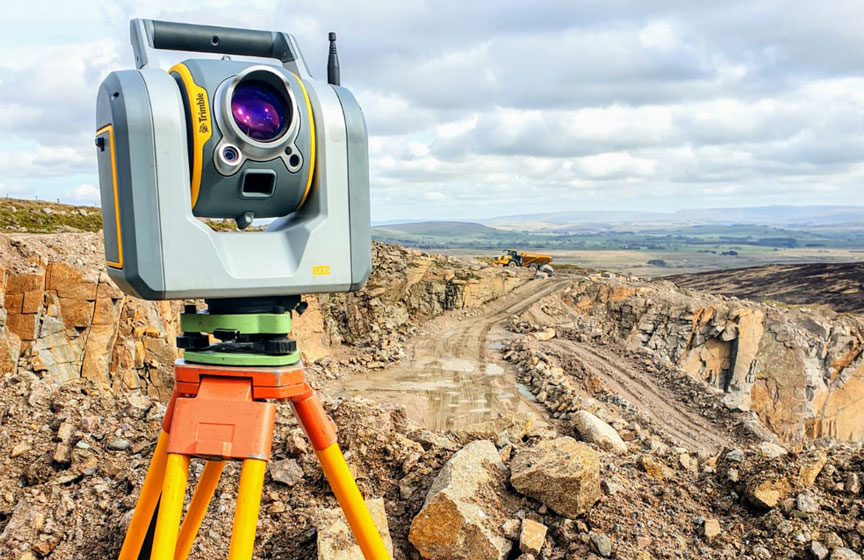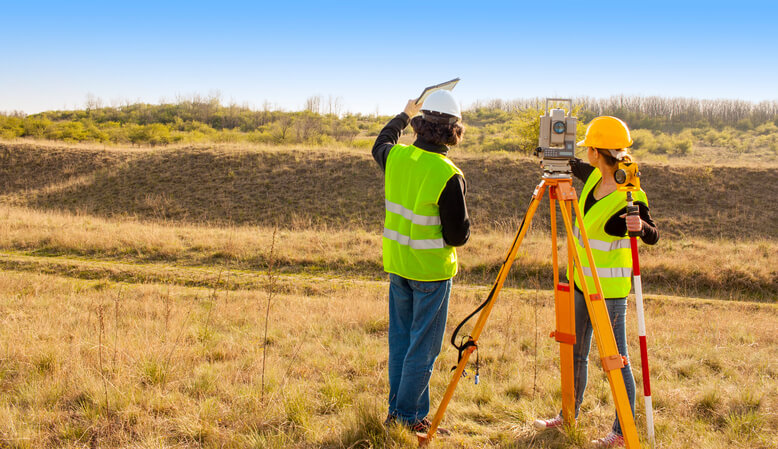Topographical Surveys: Mapping topography
Wiki Article
Charting the Program: Reinventing Checking Services for Improved Environmental Conservation and Resource Monitoring
Are you curious about the future of evaluating solutions and their influence on ecological preservation and resource administration? Look no more. This short article will certainly take you on a trip of technology and expedition, as we dig into the improvements in checking technology and strategies that are transforming the field. Discover exactly how incorporating Geographic Info Equipment (GIS) and leveraging remote sensing techniques are improving conservation initiatives. Join us as we check out the essential duty of checking professionals in driving sustainable development and conservation.The Importance of High-Quality Surveying in Environmental Preservation
Top quality surveying is critical for effective environmental conservation and resource management. topographic survey. When it comes to shielding the setting and handling our precious resources, exact information is critical. With premium surveying, you can collect exact information regarding the land, water bodies, and environments, allowing you to make educated choices and take proper actionsBy utilizing premium checking methods, you can precisely map out the terrain, identify delicate locations, and examine the effect of human activities. This data is important for developing reliable preservation methods and carrying out sustainable resource monitoring strategies. With precise checking, you can monitor adjustments in the setting gradually, enabling you to track trends, recognize prospective threats, and take timely measures to minimize any type of unfavorable results.
In addition, top notch surveying helps in the recognition and conservation of essential all-natural habitats and biodiversity hotspots (movement monitoring of buildings). By mapping out these areas accurately, you can protect them from advancement and guarantee their lasting survival. Furthermore, exact checking data help in the recognition of environmentally sensitive areas, allowing for the facility of secured zones and the implementation of correct preservation procedures
Developments in Surveying Modern Technology for Source Administration
You can easily remain upgraded on the current innovations in evaluating innovation for far better source management. As technology continues to development, so does the field of checking. New methods and devices are regularly being established to boost the precision and efficiency of evaluating processes, inevitably resulting in more reliable resource management.Among the essential technologies in checking modern technology is using drones. These unmanned aerial automobiles have reinvented the way surveys are performed by offering a bird's- eye sight of the land. Drones geared up with high-resolution electronic cameras and LiDAR sensors can catch detailed imagery and accumulate data in a fraction of the moment it would take utilizing typical surveying techniques. This not just conserves money and time however additionally allows for more substantial and constant surveys, leading to much better source management.
An additional important innovation is the use of Geographic Info System (GIS) innovation. GIS enables land surveyors to accumulate, assess, and envision information in a spatial context. By incorporating information from numerous sources, such as satellite imagery, airborne pictures, and ground studies, GIS makes it possible for surveyors to develop detailed maps and models that can be used to make informed decisions regarding resource administration.
Integrating Geographic Details Systems (GIS) in Evaluating for Enhanced Preservation Initiatives
By integrating Geographic Info Solution (GIS) into your surveying practices, you can significantly enhance your preservation initiatives. GIS enables you to gather, evaluate, and visualize spatial data, giving beneficial understandings into the environment and sources. With GIS, you can precisely map and keep track of communities, track changes with time, and determine areas of high preservation worth.One of the key advantages of using GIS in evaluating is the capability to make informed choices based on comprehensive information. By overlaying numerous layers of info, such as land use, plant life cover, and wildlife environments, you can determine areas that need immediate focus for conservation. site level survey london. This assists you prioritize your efforts and allocate sources better
GIS additionally allows you to work together and share data with various other stakeholders entailed in conservation efforts. You can conveniently interact your findings and recommendations to government firms, charitable organizations, and neighborhood areas, promoting a collective technique towards environmental management.

Leveraging Remote Noticing Methods for Ecological Surveillance and Evaluating
Leveraging remote picking up techniques improves the efficiency and accuracy of environmental monitoring and surveying. By utilizing advanced satellite imagery, airborne digital photography, and various other remote picking up modern technologies, you can collect beneficial information concerning the Planet's surface and its functions without literally being present in the area. This permits you to cover huge locations swiftly and cost-effectively, saving both time and resources.With remote sensing, you can obtain high-resolution pictures of the setting, allowing you to determine and keep track of modifications in land cover, greenery health, and water bodies. This details is critical for analyzing the influence of human activities on communities and managing all-natural sources efficiently. Additionally, remote picking up methods supply beneficial insights into environment patterns, enabling you to evaluate weather, screen temperature modifications, and predict all-natural catastrophes such as wildfires or storms.
Additionally, remote sensing can be made use of to check and find pollution resources, track the spread of intrusive species, and evaluate the top quality of air and water. By utilizing spooky analysis, you can determine particular toxins and their sources, aiding to establish methods for pollution control and avoidance. This technology likewise plays an important duty in wildlife preservation, as it allows you to keep track of pet habitats, track migration patterns, and recognize areas of high biodiversity.
The Function of Evaluating Professionals in Sustainable Advancement and Preservation
With remote sensing methods, evaluating professionals play a crucial duty in promoting sustainable advancement and preservation efforts. As a surveying expert, you go to the leading edge of making use of advanced innovation to collect critical data regarding the atmosphere. With aerial and satellite images, LiDAR, and other remote noticing tools, you have the ability to collect comprehensive and precise info concerning land cover, plant life, water resources, and other essential natural functions.
In collaboration with other specialists, such as ecological researchers and policymakers, you contribute to the formulation of lasting growth strategies and conservation strategies. Your proficiency aids in recognizing prospective conflicts in between growth and conservation goals, enabling stakeholders to make informed choices that stabilize economic development with ecological protection.
Total, as an evaluating expert, you have an essential duty in advertising sustainable growth and conservation initiatives. Your skills in remote sensing and information analysis are essential in supplying the required details and understandings for effective ecological management and preservation.
Conclusion
In final thought, surveying solutions play an essential duty in enhancing ecological Website conservation and source management. topography survey. By using cutting-edge technologies such as geographical information systems (GIS) and remote sensing methods, evaluating professionals can precisely collect data to support preservation efforts.Are you interested in the future of checking solutions and their influence on environmental conservation and source management? Furthermore, exact surveying data aids in the identification of environmentally sensitive areas, enabling for the facility of protected zones and the application of correct preservation measures.

In final thought, evaluating services play an important duty in enhancing ecological preservation and resource administration. By making use of innovative innovations such as geographical details systems (GIS) and remote sensing methods, evaluating professionals can accurately collect information to sustain conservation efforts.
Report this wiki page